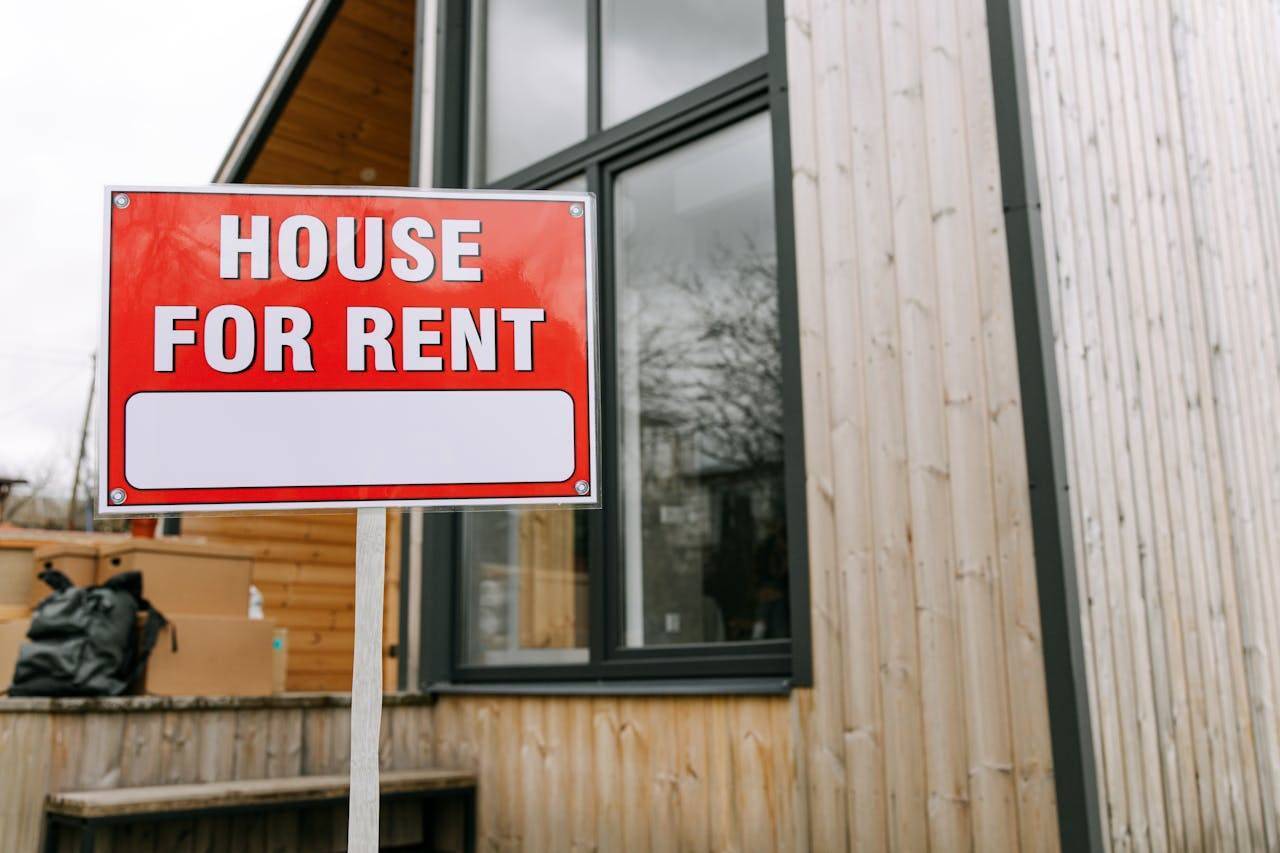Zoning laws help to define our cities greatly. Their choices on where and what can be built affect everything from homes to companies. Changing rules affects developers, city planners, renters, and homeowners among other people. While some worry that the distinctiveness of their areas might be lost, others see these developments as opportunities for personal growth. Whichever your position, one thing is certain: zoning rules affect our way of life.
Rising Demand for Affordable Housing
The need for affordable housing—one of the major causes of changing the zoning law—is the increase in demand for affordable housing. In countless municipalities, zoning laws still literally prohibit anything other than single-family homes from being built in large portions of the authority. This caps the amount of housing that can be constructed and increases the difficulty for people to find affordable housing. Some places have begun to get around this issue by permitting multi-unit buildings—think duplexes, cluster housing, and apartment complexes—in single-family zones. That means more places for people to live, which might push rents or buying prices down.
The End of Single-Family Zoning
This is the case in many cities, which have erased single-family zoning entirely so that developers may build more housing, of various types, in more places. It can help relieve the housing shortage — but not everyone is pleased. Homeowners are concerned that new buildings will alter the character of their neighborhoods. Others worry that a more densely populated community will mean more traffic and crowded schools. As a result, we see many disputes between supporters of the changes and defenders of the status quo.
Expanding the Scope: Mixed-Use Zoning
Zoning changes are about more than housing—it also affects businesses and the economic health of a city. Next comes mixed-use zoning, allowing shops, offices, and homes to exist together. This can form energetic communities where one might reside, work, and shop without stepping foot out of the area. Having neighbourhoods with less vehicular traffic, less pollution, and where cities become more livable and greener. However, similar to the case with housing, these shifts often displace long-term residents and small businesses, and this gives rise to fears of gentrification.
The Push for Upzoning and Higher-Density Living
Perhaps the most significant change in zoning law in decades is the increasing demand for upzoning, or higher-density projects. Since high-rise apartments and condos are densely populated per given area, some towns even promote this sort of units. On the other side, the opponents say that tall buildings will alter the look of the city and shadow existing homes. Fast development can raise property prices—however, a point that lower-class families will make it hard to step at our communities—so this is an agenda both.
Zoning and Environmental Considerations
One aspect of sustainability is local zoning laws. When more housing is available in downtowns, fewer people have to drive across town to get to work. It can lead to less congestion and pollution, thus greener and more efficient cities. Others go further along the scale, mandating that developers build parks, energy-efficient buildings, and public transportation amenities into their projects. It can contribute to making cities more human-friendly for future generations.
Infrastructure: A Key Concern
Zoning changes can bring challenges as well as benefits. Infrastructure is a significant area of concern. Would a city suddenly allow more homes in a certain location, will there be enough roads, schools, and public services to handle the growing population? Others worry that new development will make them overextend themselves in terms of providing resources. These are some challenges that will necessitate planning by cities so infrastructure does not lag behind growth.
Impact on Real Estate and Long-Time Residents
Changes to zoning law also impact real estate markets. Property values can increase when the area is rezoned for taller buildings or additional housing units. This may be inviting to investors and developers looking to make a return, but longtime residents may be worried about getting displaced by new homeowners or higher rent. This has been especially the case in locations that have been less expensive in the past. Higher property taxes are often passed on to the existing homeowners, forcing them (or at least some) out of the area when more affluent buyers come in.
Civic Engagement and the Future of Zoning
As zoning rules evolve, locals must be informed and active as well. Public hearings, conversations with municipal officials, and community events all help to shape future developments of communities. Whether one supports or opposes zoning changes, having a voice in how one's community grows guarantees that everyone's needs are considered. The ultimate goal of zoning rules should be building inclusive, sustainable communities fit for their population.
Authored By:










.png)